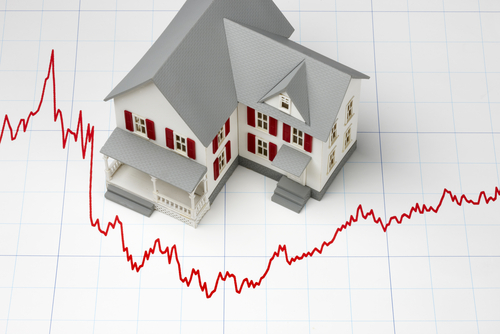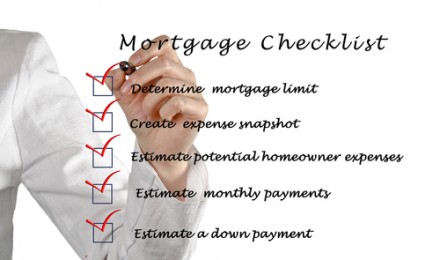During June and July, mortgage interest rates decline to one new low after another. For the short-term, it seems the trend has ended as mortgage interest rates have increased for each of the past four weeks. Based on the weekly Freddie Mac mortgage survey, the 30-year fixed rate mortgage rose to 3.66 percent compared to 3.62 percent the prior week.
The 15-year fixed rate home loan edged up from 2.88 percent to 2.89 percent. Last year the 30-year and 15-year mortgage interest rates, were 4.22 percent and 3.44 percent, respectively.
With home values appreciating in many areas around the country, many homeowners owner have enough equity to refinance their home loans but may believe they missed out of the lowest rates, but not according to Bankrates.com senior economist Greg McBride.
McBride says the EU debt crisis and fiscal problems in the U.S. economy could make the current uptrend in interest rates short-lived. The Federal Reserve Board hints it will consider additional economic stimulus at the September policy meeting. The strategy helps keep long-term interest rates low and encourage borrowing by businesses and individuals.
Popular Mortgage Products
Think about why you want to refinance your mortgage. With home mortgage rates still close to historic lows, many borrowers select the 30-year fixed-rate mortgage to reduce their monthly mortgage payments. However, the product will cost more interest payments over the term of the loan. Lately, the 15-year fixed rate mortgage has become popular for homeowners refinancing their mortgages.
Many borrowers accept the trade-off of higher monthly payments choose shorter term mortgages. Homeowners who pay off their mortgages sooner also shell out less interest over the term of the loan.
Other Mortgage Refinancing Considerations
Along with evaluating the amount a lower interest rate reduces the monthly mortgage payment; borrowers must also assess the effect of other factors when refinancing existing mortgages. For example, a new mortgage restarts the amortization and changes certain aspects of your finances. In the early period of the term, a significant portion of the monthly mortgage payment covering interest payments instead of building your equity.
In addition, some lenders charge borrowers a prepayment penalty for paying off mortgages early. Borrowers who plan to refinance their mortgages with the same lender should try to negotiate a waiver of the prepayment penalty.
When analyzing the breakeven point for refinancing your mortgage, make sure you account for the time you plan to remain in the home, your refinancing costs, and compare costs to any savings from refinancing your mortgage. Then, determine how long it will take you to recover your costs to determine the advantages of refinancing.
Shop Around for Lowest Total Costs
Contact several mortgage lenders to receive information and compare products. Remember, the lowest mortgage rate does not equal the best deal. Consider the best interest rate along with total closing costs, which include loan origination fee, points, appraisal fee, transfer charges and other costs. Once you obtain a written list of costs (good faith estimate) from each mortgage lender on your shopping list, try to negotiate a lower cost for each expense item on the list.






